The Cell as a City
Davidoff
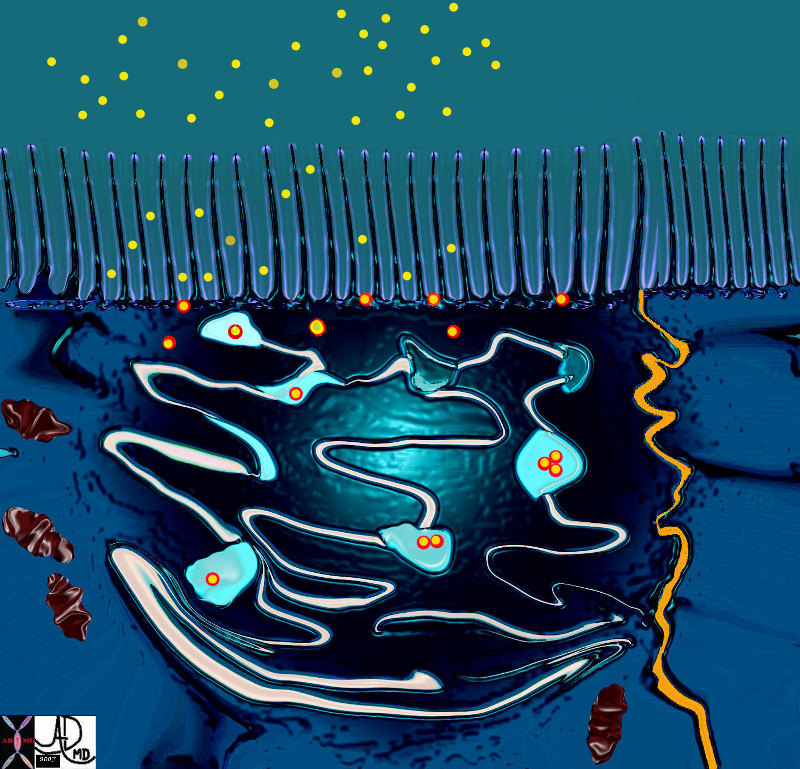 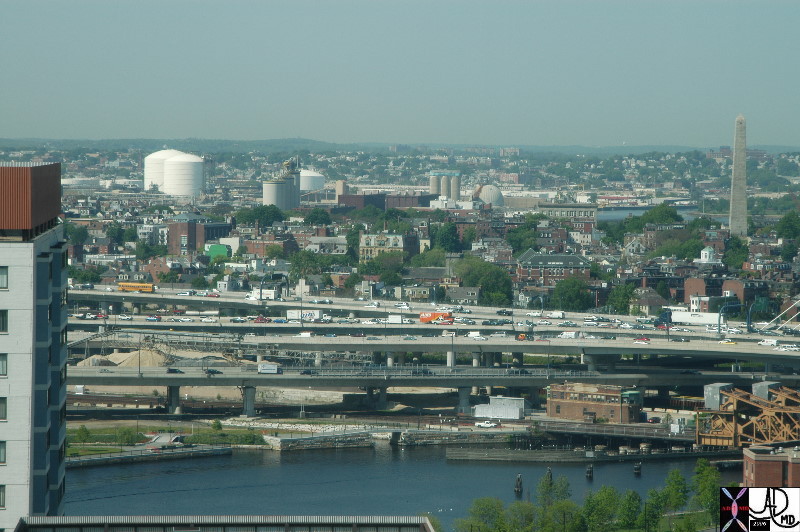
71798b13b03.800 |
| 71798b13b03.800 cell endoplasmic reticulum mitochondria fat droplet absorbtion by microvilli processing cisterna interdigitaion of cells pinocytic vesicle intercellular space function absorbtion Davidoff art Davidoff MD83557.800 highways waterways reservoirs storage stations factories homes transport systems bus cars Davidoff photography |
 |
Nucleus – Governing Centre60128 interesting accessory Boston salt and pepper bridge Beacon Hill government centre nucleus Courtesy of Ashley Davidoff MD Davidoff photography
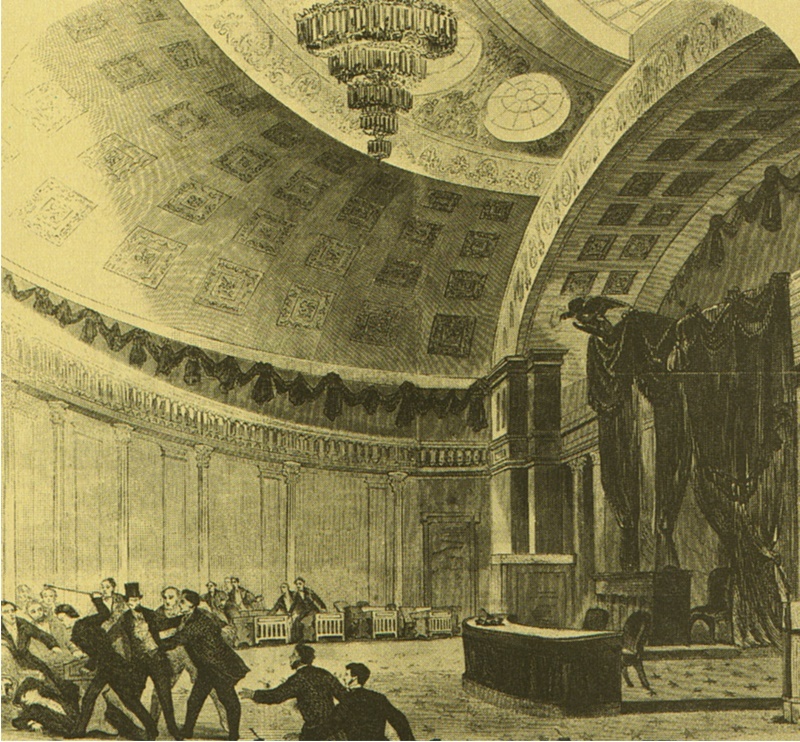 |
Assault on Senator Sumner in the domed nucleus of the SenateThe evolution of government requires back and forth discussion and testing of ideas. This picture depicts the disorderly physical attack of Senator Sumner in the hallowed nucleus of the domed senate in 1856 by South Carolina representative Preston Brooks who disagreed with Sumners strong stand against the protagonists of slavery. He understood that the needed path for liberty was to eradicate slavery and his strong oratory in the nucleus of government stimulated the physical response by Preston Brooks. The evolution of ideas into practice for an improved wellbeing in the nation takes place in the governmental institutions. The genetic pool has similar struggles of evolution and survival but the changes takes place over thousands of years. nevertheless the it is the control centre – the government in the city and the nation and the nucleus in the cell.
54912.800 Assault on Senator Sumner, 1856. government dissent nucleus The image is from “Images of American Political History” (http://teachpol.tcnj.edu/amer_pol_hist/fi/000000ba.htm) and are purported to be in the public domain
The factory
A factory is a place that processes materials and converts or assembles them into a product that is useful to our society. Factories manufacture and process items for example that are essential to our survival, including food, drink, clothing material, and building materials. The glands of our body process, convert and manufacture products that are essential to our survival as well. The output of products in sufficient quantities and of high quanlity lies in the technique and efficiency of the workers and machinery.
 |
Hair03072p.800 person hair mohawk hair style London England red Davidoff photography
One of the first assembly lines was founded in the early 12th century in Venice Italy where ships were mass produced. The concept of collaborative effort for production probably came even earlier in ancient China during the Eastern Zhou Dynasty (771-221BC) characterised by mills and manufactories. In the Song dynasty between 806 and 1078 AD cast iron facories were functioning as collabrative manufactories as well. (history of the factory)
In the early 1700’s the collaborotive effort was called the domestic system in Great Britain and consisted of only 3-4 people working in a private home to poduce textiles for example. In the instance of wool clothing production, the wool would be sheared, combed to isolate the individual fibers, cleaned, spun to produce yarn, and then woven on a handloom to create the textile.
In Great BRitain embryonic factories were introduced for the silk industry by John Lombe (1721), Mathew Boulton for the toy and “fancy goods” industry (about 1761). In 1769 Richard Arkwright patented his spinning frame in Great Britain and forever changed the manner in which people produced textiles. He created a workforce that quickly grew to 800 people by 1789.
In the 1800’s in Great Britain the coming of the industrial revolution mechanised the factories introducing newer tools enabling the production of greater quantities of products with greater sophistication.
The factory production line, or assembly line was revolutionised by Henry Ford, where the evolving product was sequentially assembled, with each worker becoming proficient at a single task in the production. The idea was inspired by the observation at a Chicago slaughterhouse by “Pa” William Klann. Klann noted that a single individual performed a single task in disassembling of the carcass which moved along a conveyor belt.
The concept of retaining the workers in a specific position of the assembly line where they could not roam about and the production of the whole depended on the function of the individual was the key to efficient productivity. The Ford company at one time thought about patenting te idea little did they know that if they would have looked at the factories of biology in the form of the glands
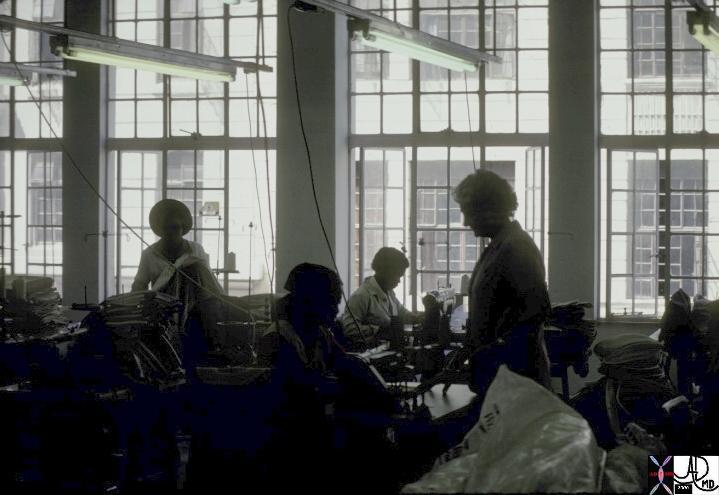 |
A Factory of Clothing Makers57736b01 people factory workers production line sewing Koseff
Davidoff photography
The liver
The liver is known as a the “metabolic warehouse” of the body. One of its functions is to take in the products of digestion – breakdown products of proteins fats and carbohydrates and build structures and chemicals that can be used by the body.
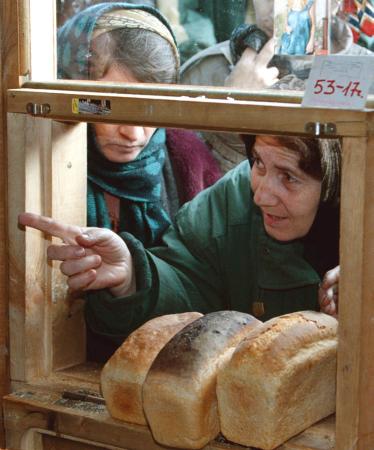 |
Food Crossing a “Membrane”50364 KARABULAK, RUSSIA – A Chechen refugee woman points inside a kiosk distributing bread at a refugee camp in Karabulak, Ingushetia January 18. Russian troops broke through rebel lines in Grozny on Tuesday and reached the city centre on a second day of concerted attacks to flush Islamic rebels out of the Chechen capital, Itar-Tass news agency said. Photo by Adlan Khasanov (Reuters)
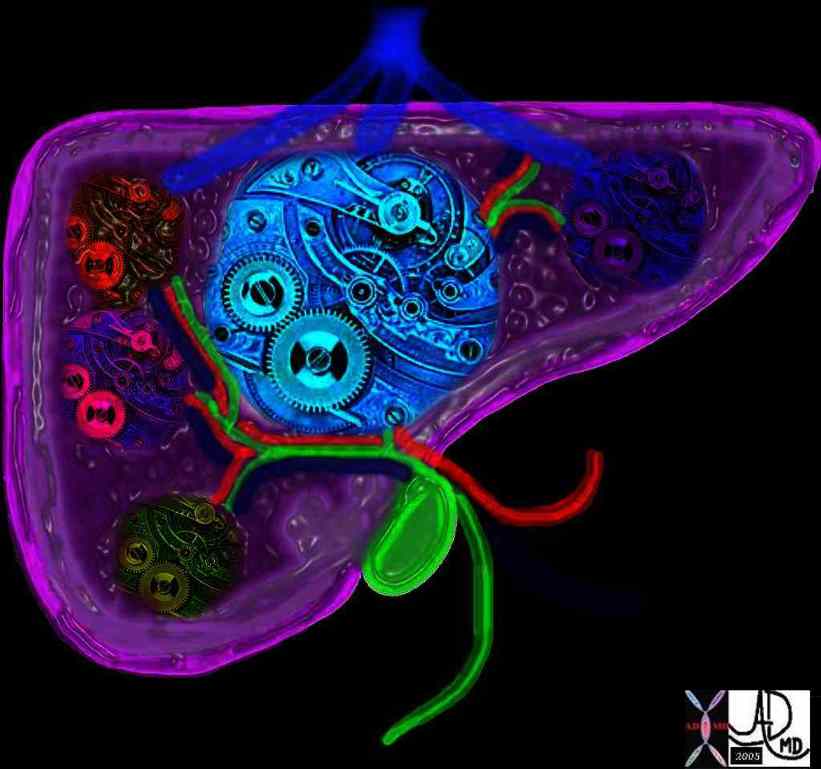 |
44426b0144426b01 liver hepatic clockwork purple anatomy Courtesy Ashley Davidoff Davidoff art
The Bowel
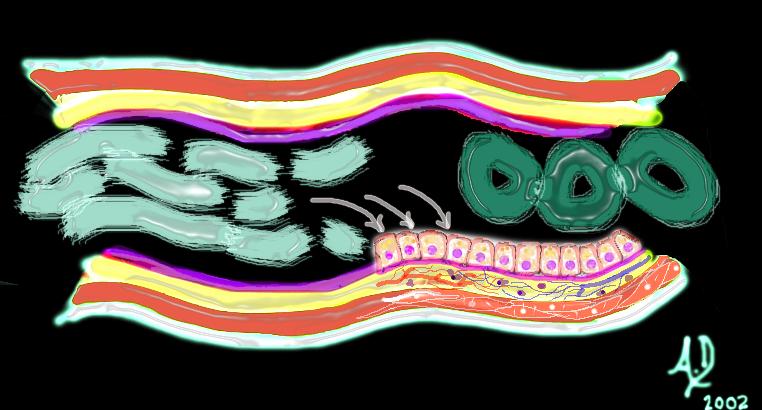 |
The Bowel
32353 tube colon small bowel lung bronchus bronchi esophagus stomach large bowel bile duct ureter tube principles fluid content modified Courtesy Ashley DAvidoff MD Davidoff art mucosa submucosa muscularis adventitia serosa histology
The Spleen
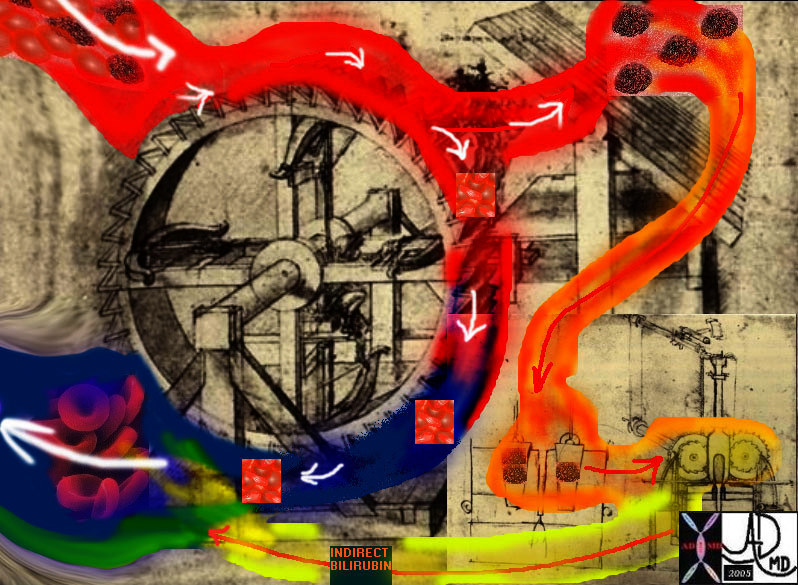 |
The Spleen
44428b01 liver hepatic metabolism physiology applied biology Courtesy Ashley Davidoff MD Davidoff art after da Vinci
At the Cellular Level
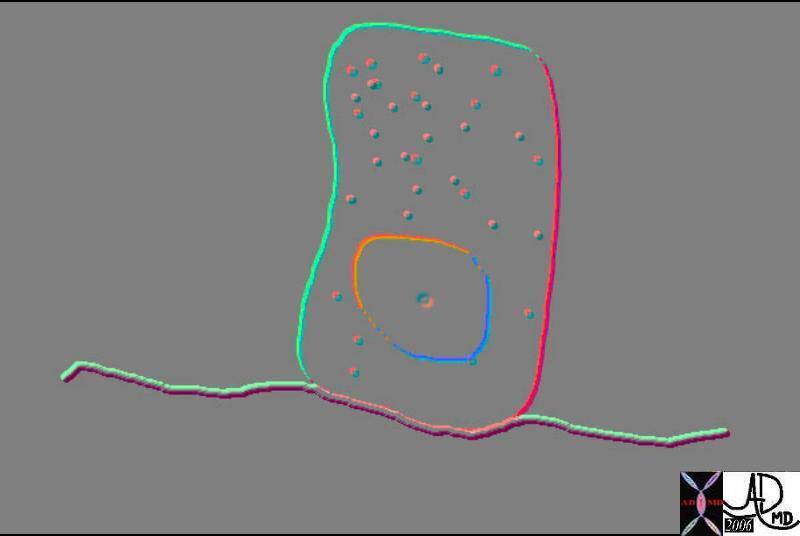 |
The Cell12012 colon cell mucosa mucus secreting granules basement membrane nucleus columnar cell simple columnar epithelium normal histology cytology Courtesy Ashley Davidoff MD Davidoff art
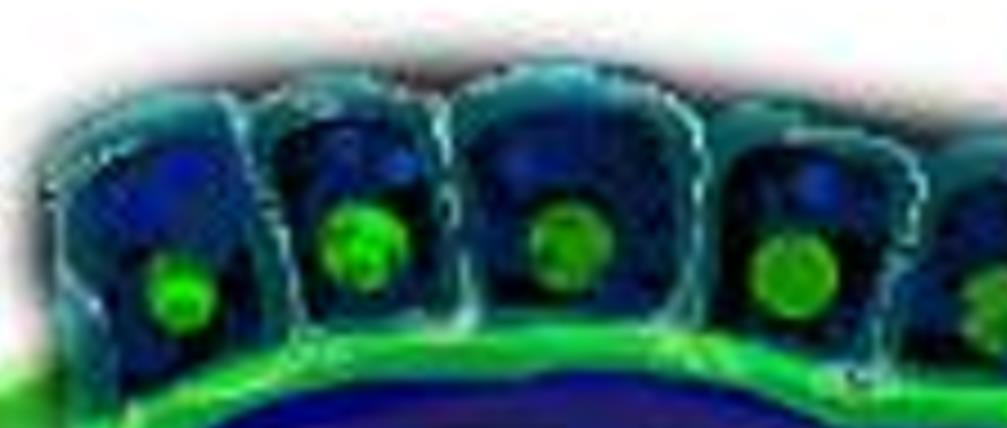 |
Cells in a factory line32347b01 colon large bowel columnar cell colonic mucosa epithelium simple columnar epithelium rectangle shape Manhattan apartments Davidoff art Courtesy Ashley Davidoff MD
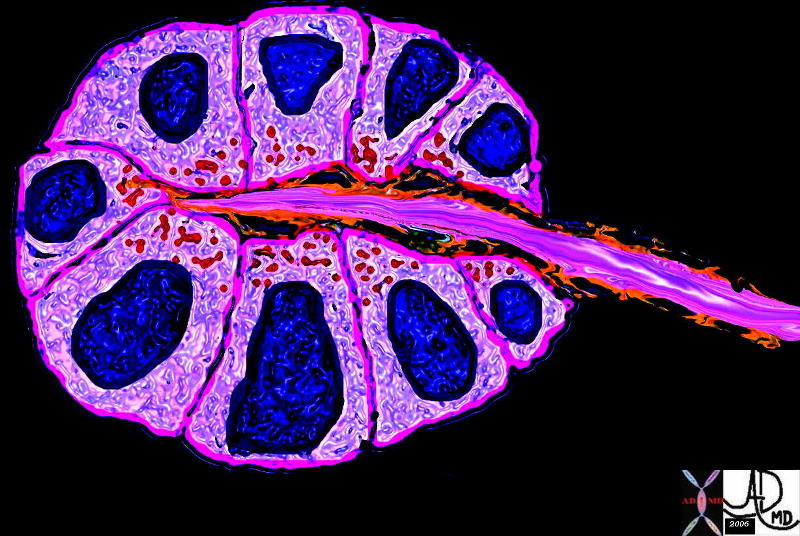 |
Cells organized in a Rosette39939b03.800 exocrine gland epithelium ductule histology cytoplasmic granules nucleus Davidoff art
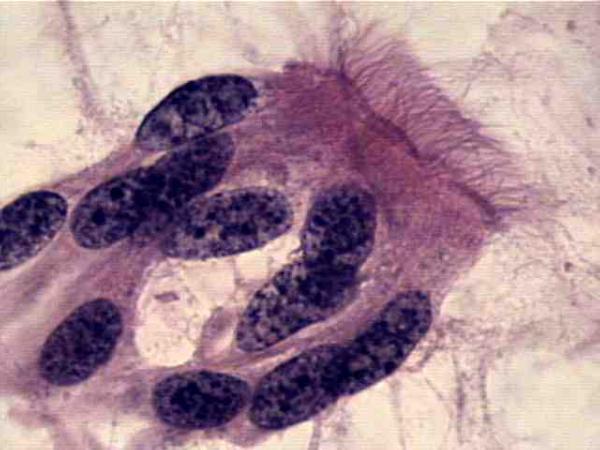 |
Specialised Facory Workers – Advanced SkillsCiliated columnar epithelial cell, bronchial brush, right lower lobe of lung. Courtesy tumorboard.com 54421 code lung pulmonary bronchus epithelium mucosa normal histology cystology
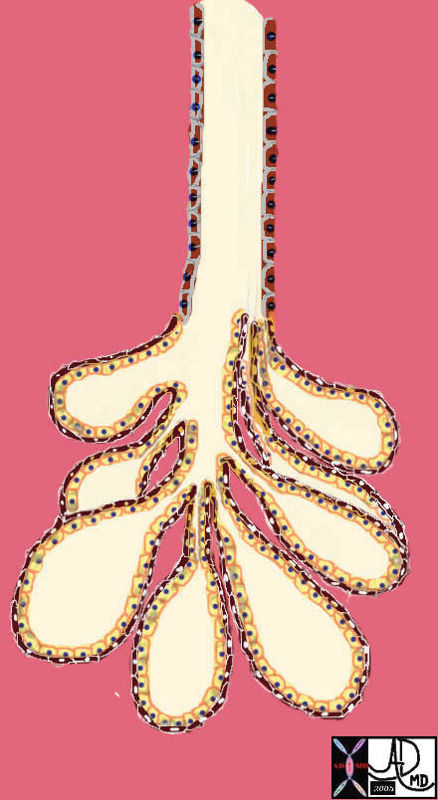 |
Units to Unity42707b03b45b04 breast mammary gland terminal duct lobular unit epithelium acinus acini myoepithelial cell duct ductule Courtesy Ashley Davidoff MD
